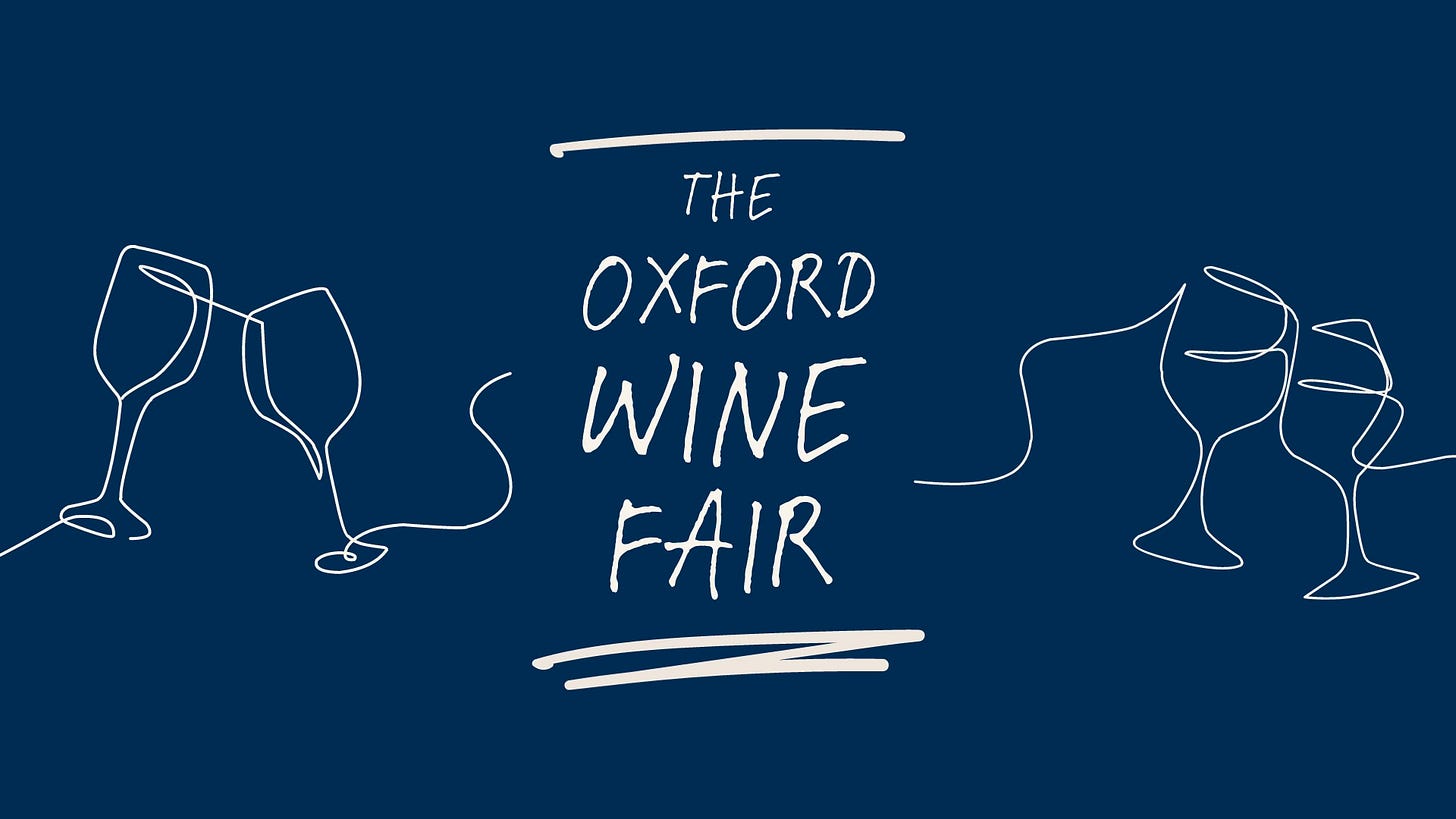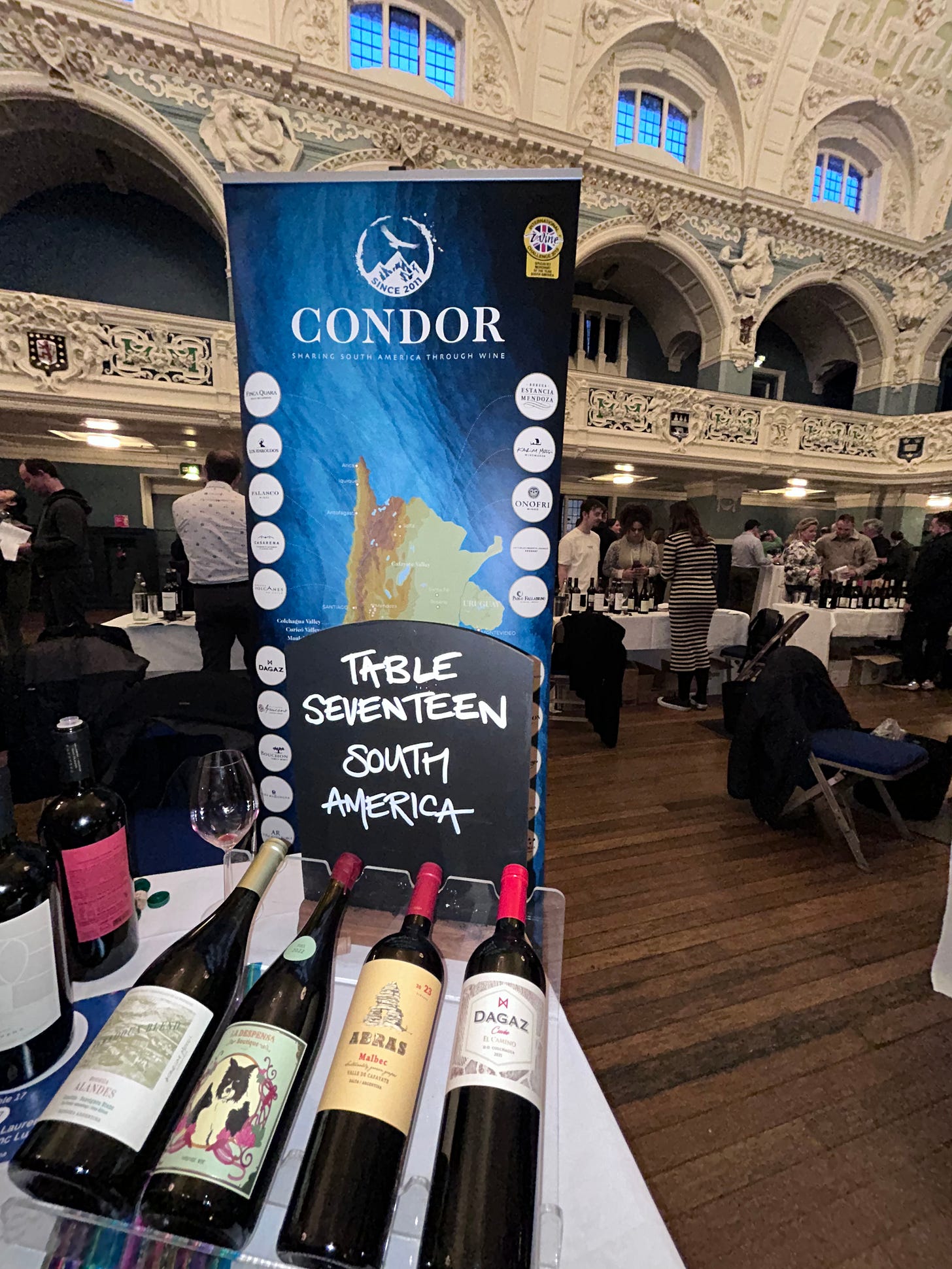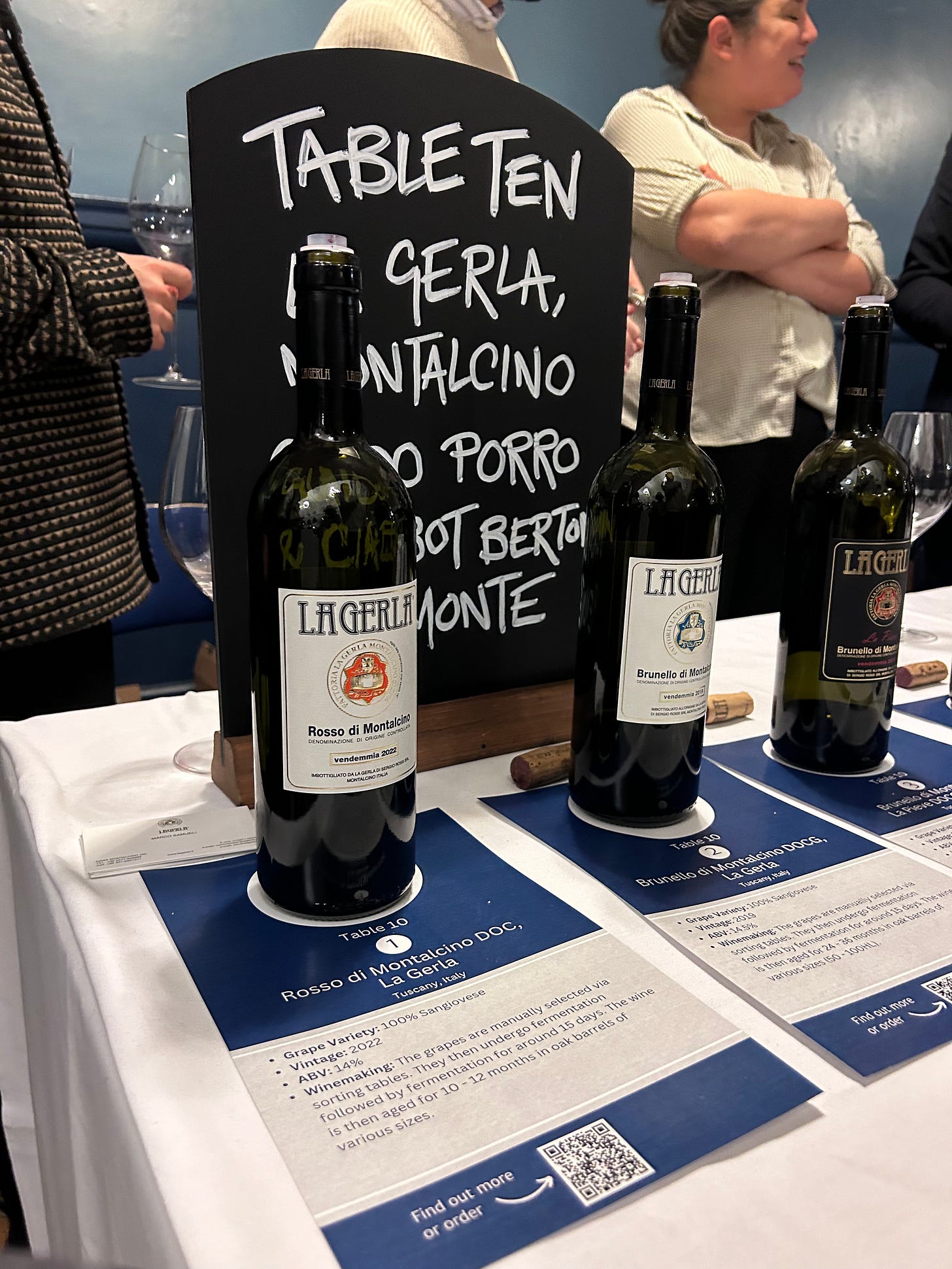A Market of Sophistication and Celebration
The Oxford Wine Fair, held on November 15, 2024, brought together wine aficionados, producers, and retailers under the banner of the Oxford Wine Company. This annual event highlights the intricate world of wine, a quintessential soft commodity, which requires not only time and precision to produce but also deft marketing strategies to captivate diverse consumer bases.
From Argentina’s robust Malbecs to the elegant effervescence of Champagne, the wine market illustrates the interplay of tradition, innovation, and economic forces shaping a global industry.
Wine as a Soft Commodity
Wine is a unique soft commodity. Unlike coffee or cocoa, wine production requires years of investment before returns can be realized. Grape varietals, such as Argentina’s Malbec or Tuscany’s Brunello, need carefully cultivated environments, ageing processes that span years, and strategic marketing to resonate with discerning consumers.
The South American Surge Amidst New Tax
Lee Evans, Managing Director of Condor Wines, shared insights into the surging demand for South American wines, particularly in the UK. Over the past 10–15 years, Argentine Malbec and Chilean varietals like Merlot, Cabernet Sauvignon, and Pinot Noir have carved out significant shelf space in supermarkets, restaurants, and wine shops. This growing presence underscores a shift in consumer preferences, with South American wines appreciated for their quality, affordability, and bold flavour profiles.
However, the wine industry is not without its challenges. Evans cited pandemic-related shipping disruptions and the UK’s recent government-imposed tax hike on higher-alcohol wines as key hurdles. These factors have increased operational costs and are expected to raise prices in the short term. Yet, the sector remains optimistic, buoyed by accolades such as the International Wine Challenge awards, which Evans’ team won in 2019 and 2022.
Key Points: A concise summary of the tax changes and their implications.
New Tax Basis:
Duty increases by 2p for every 0.1% rise in ABV.Drinks are now taxed based on alcohol by volume (ABV), not type.
Implementation Timeline:
The policy officially took effect last summer.
An 18-month “easement” allows wines with 11.5%-14.5% ABV to pay a flat duty of £2.67.
Impact After Easement Ends (January):
Prices on 43% of wines will rise.
Duty on a 14.5% ABV bottle will increase by 42p to £3.09.
Red Wines Affected Most:
75% of red wines, due to higher ABV, will see price hikes.Champagne: Luxury in a Glass
Patrick McGrath MW of Hatch Mansfield highlighted the enduring appeal of Champagne, specifically the family-owned Taittinger brand. Known for its association with celebrations, Champagne exemplifies the marketing power of tradition and exclusivity. Consumers are at the heart of its viral success, celebrating milestones with a glass of bubbly that conveys both luxury and festivity.
Despite its premium pricing, Champagne’s success is bolstered by its omnipresence in supermarkets, wine bars, restaurants, and hotels. Its high-profit margins are a testament to strategic branding and efficient distribution.
Italian Wines: A Blend of Heritage and Modernity
Italian wines, represented at the fair by La Gerla of Tuscany and Guido Porro & Ciabot Berton of Piedmont, showcased how traditional methods and modern marketing intertwine. Marco Samueli from La Gerla emphasized the significance of storytelling in their strategy, using events, masterclasses, and direct customer engagement to communicate the history and craftsmanship behind their Brunello wines.
These efforts are complemented by digital tools like social media and magazines, which broaden their reach while maintaining the authenticity of their message. This dual approach ensures Italian wines remain a staple on dining menus worldwide.
The Business of Wine
The wine industry thrives on its ability to marry agriculture with commerce. It embodies a long supply chain from vineyard to table, with profits hinging on branding, market positioning, and consumer loyalty. Wines like Argentine Malbec or Taittinger Champagne leverage their narratives—bold flavours or luxurious heritage—to command premium prices.
Yet, external pressures such as tax hikes and logistics challenges loom large. The UK government’s new duty on higher-alcohol wines is expected to squeeze margins, but producers are adapting, focusing on innovation and consumer engagement to stay competitive.
Looking Ahead
As the evening at the Oxford Wine Fair drew to a close, attendees left with a richer understanding of wine’s cultural and economic significance. The event not only celebrated the artistry of winemaking but also underscored its resilience as a business. Whether through South America’s bold reds, Champagne’s timeless elegance, or Italy’s rich heritage, wine continues to captivate palates—and markets—worldwide.









Share this post